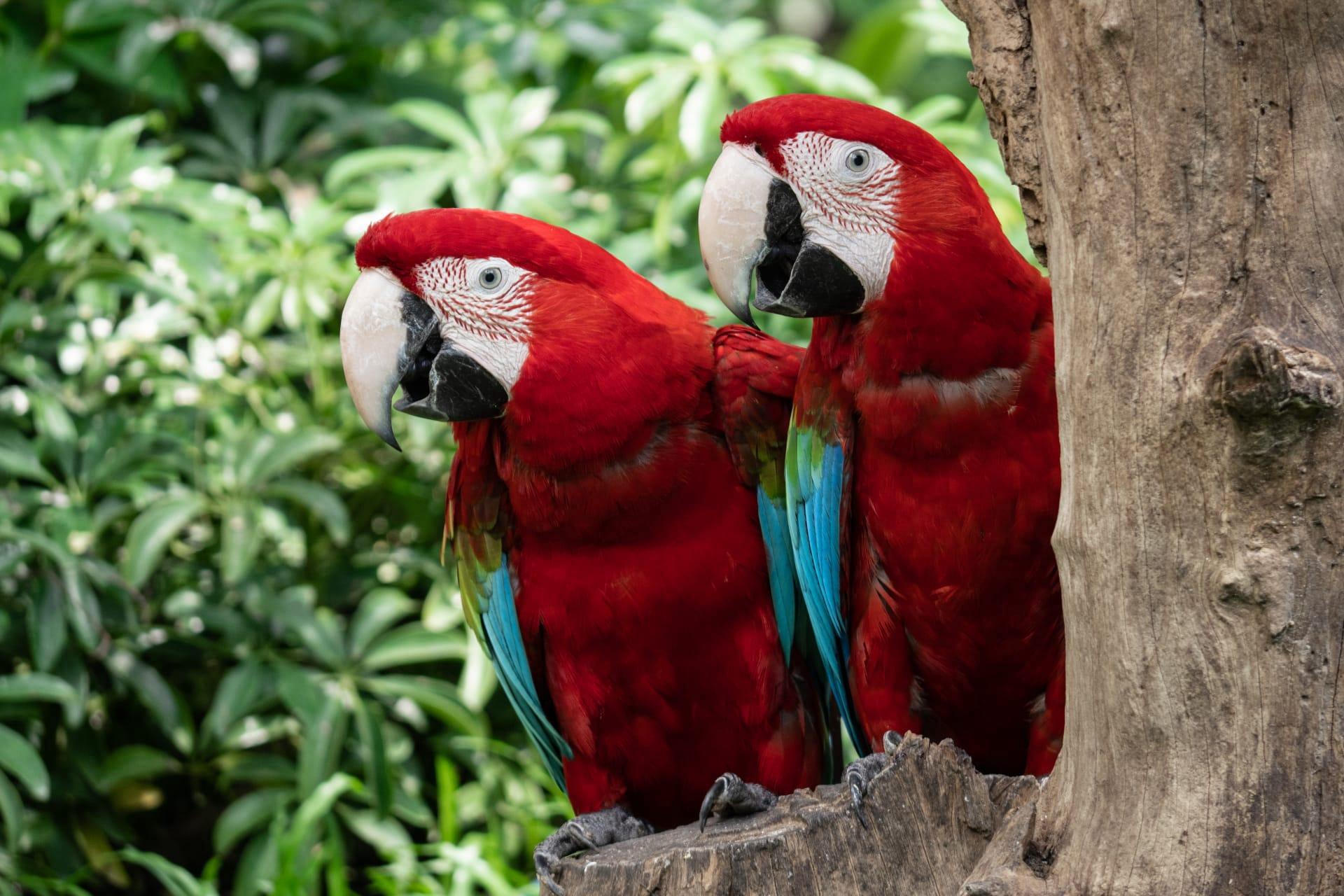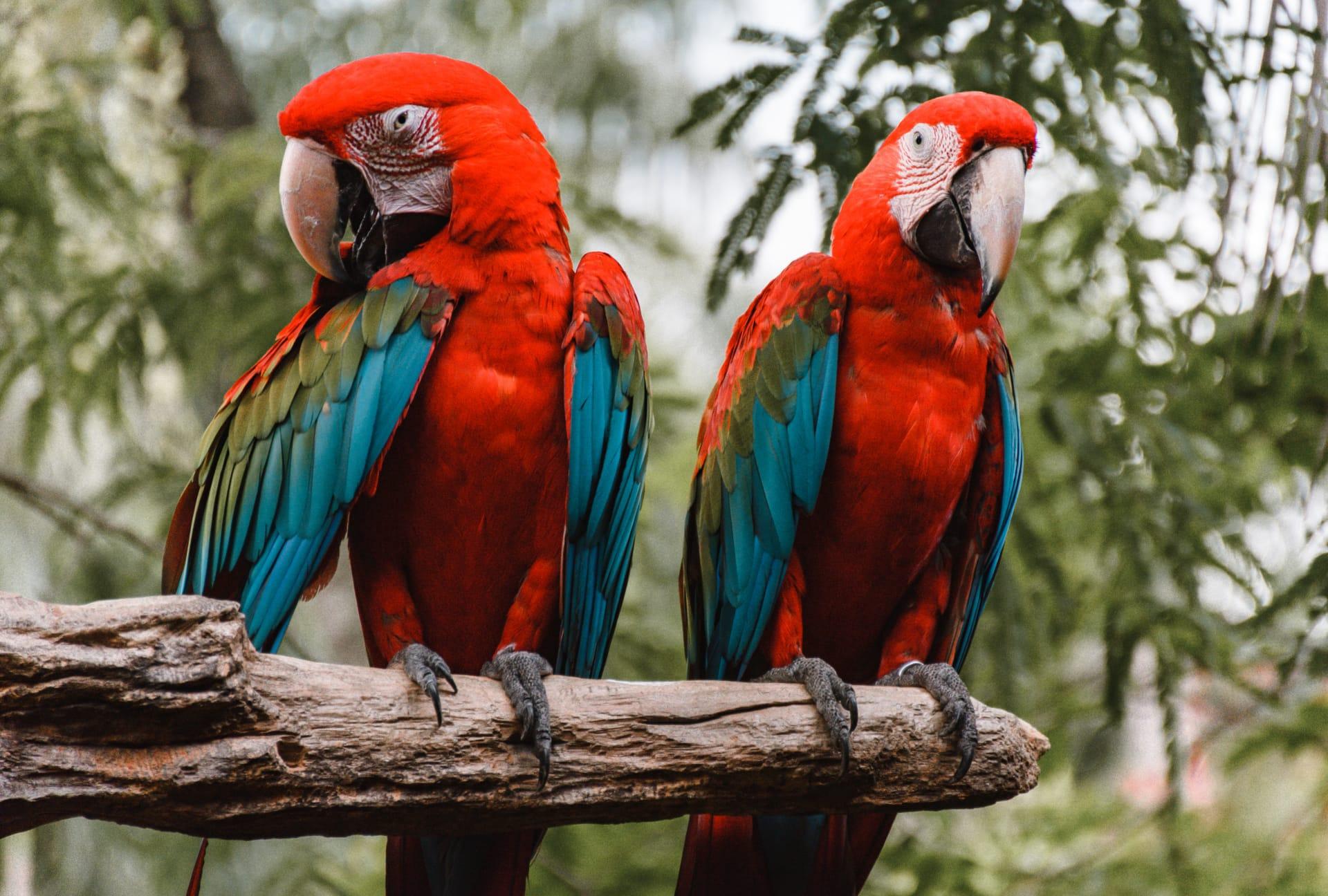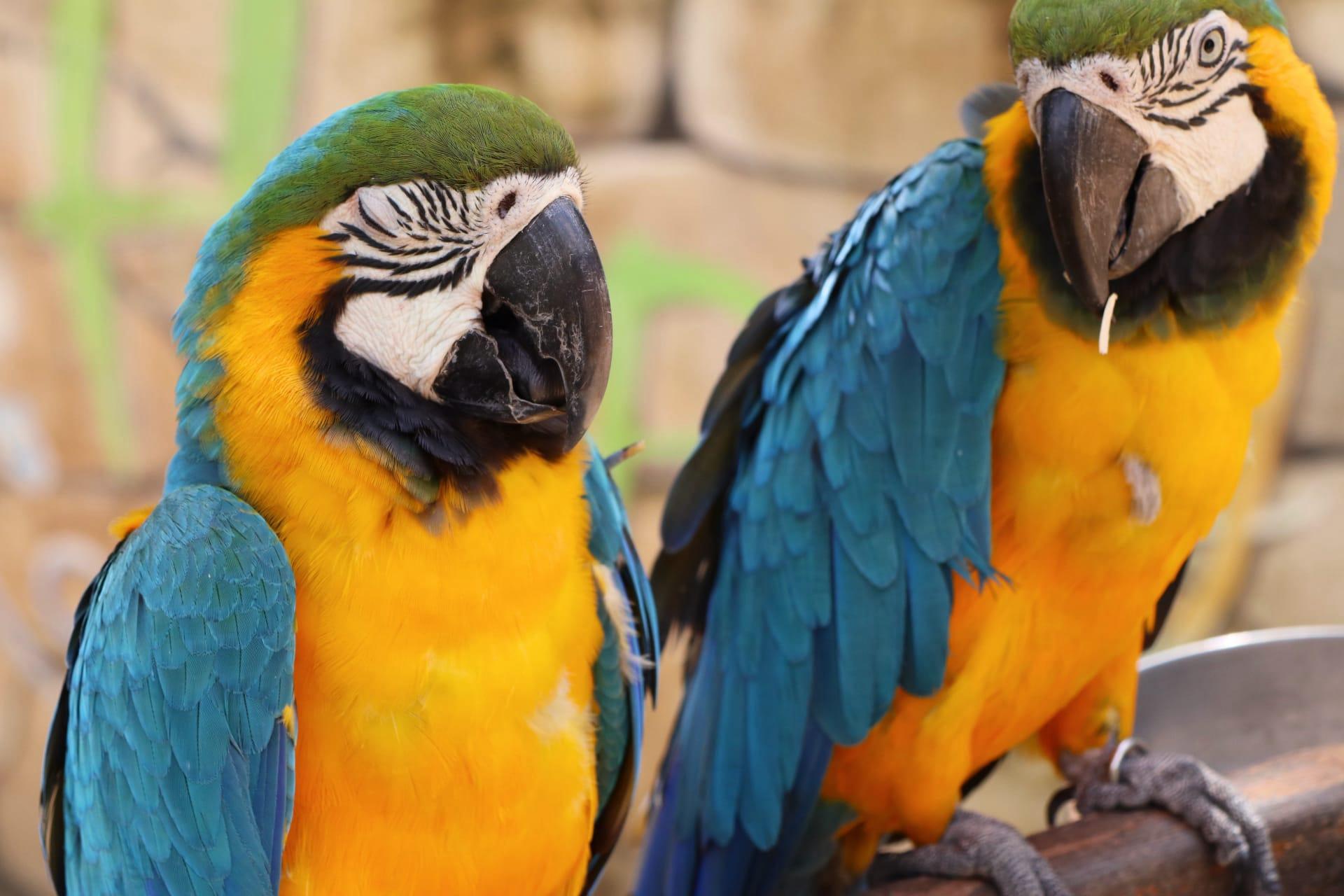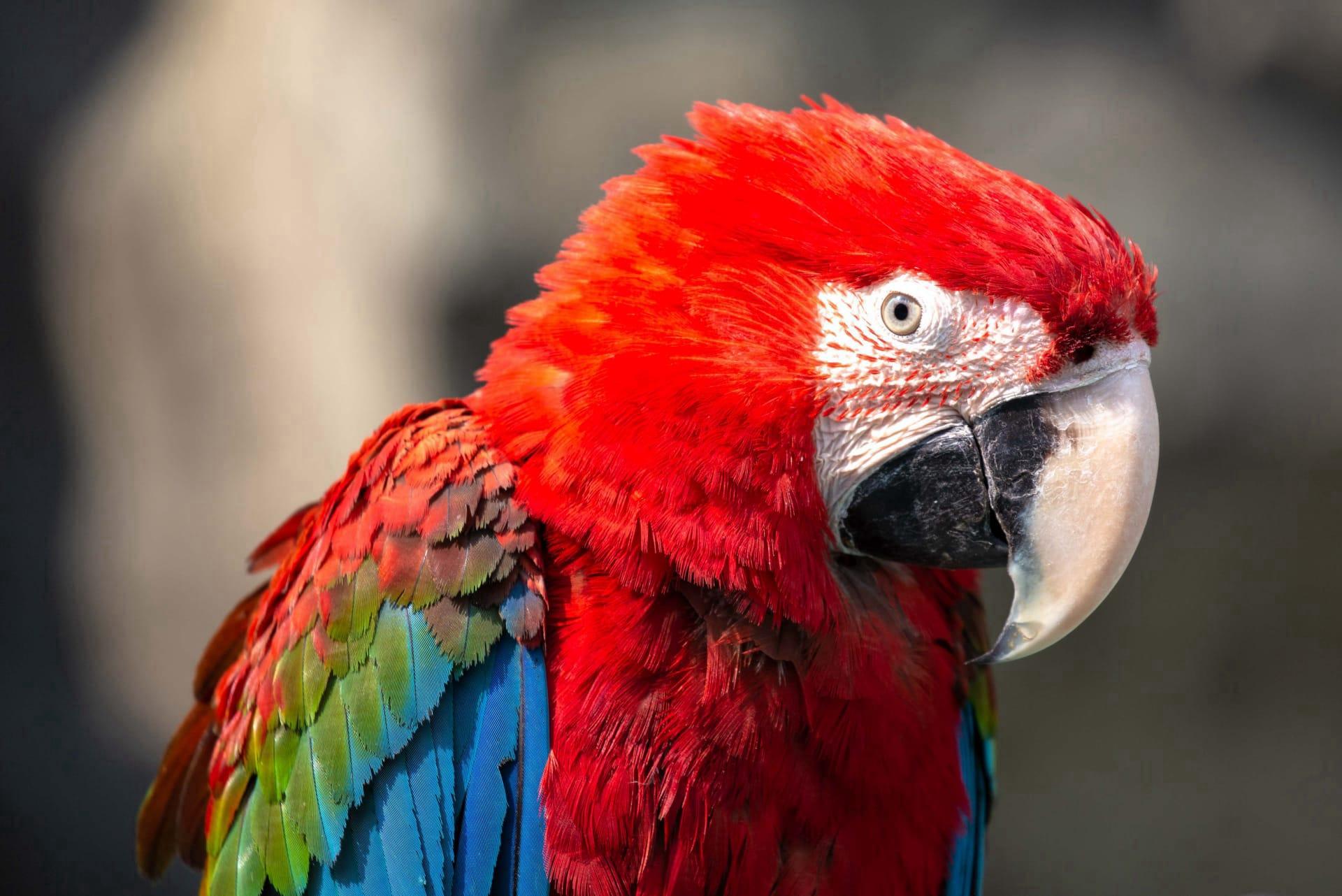Macaw Characteristics
- Home /
- Mini Encyclopedia /
- Animal /
- Macaw Characteristics
1
Macaws, renowned for their vivid colors and impressive sizes, are truly captivating birds. Their body lengths can range from 11.8 inches (30 cm) in smaller species to a striking 39.4 inches (100 cm) in larger ones, like the Hyacinth Macaw. These birds can weigh between 0.5 to 3.75 pounds (230 to 1700 grams), depending on the species. Their lifespan is notable too, with many living up to 50 years in the wild, and some even reaching 60 years or more in captivity, reflecting their robustness.
The beak of a Macaw is its most distinctive organ. Made of keratin, the same material as human fingernails, it's incredibly strong and capable of cracking even the hardest nuts and seeds. Its strength is not just for feeding; it's also a vital tool for climbing and interacting with their environment. The beak's design allows Macaws to have a powerful grip, essential for cracking open tough shells and foraging for food.

2
Question: Why do Macaws have such vibrant colors?
Answer: The striking colors of Macaws aren't just for show; they play a crucial role in their survival. These colors, ranging from bright blues, reds, greens, to yellows, help them blend into the rich, colorful environment of the rainforest. This camouflage is essential for avoiding predators. Additionally, their colors play a significant role in communication and mate selection. Bright plumage is often a sign of health and vitality, making these birds more attractive to potential mates.

3
Macaws are known for their exceptional flying abilities. They can reach speeds of up to 35 miles per hour (56 km/h), showcasing their agility and strength. Their long, streamlined wings and powerful breast muscles facilitate this high-speed flight, which is vital for traveling long distances in search of food or mates. In the wild, they are often seen soaring high above the canopy or swiftly moving through the trees.
Their hunting technique is a blend of skill and power. Macaws primarily feed on fruits, nuts, seeds, and sometimes insects. Their strong beaks are perfect for breaking into hard shells and tough fruit skins. In addition, they use their nimble tongues to extract the nutritious contents. Macaws are also known to visit clay licks, where they eat clay to neutralize toxins from their diet, showcasing their adaptability and intelligence in foraging.

4
Macaws inhabit a variety of environments, primarily in the rainforests of Central and South America. They thrive in warm, humid conditions and are commonly found near rivers and in areas with abundant fruit trees. Their habitat ranges from the dense Amazon rainforest to open savannahs adjacent to woodlands. Preservation of these habitats is crucial for their survival, as deforestation poses a significant threat to their populations.
In terms of reproduction, Macaws are monogamous and form strong pair bonds. Their breeding season varies depending on the species and their habitat, but it generally coincides with the rainy season. Nests are typically built high in tree cavities, providing protection for their eggs. A clutch usually contains 2 to 4 eggs, which are incubated for about 24 to 28 days. Both parents are involved in rearing the young, which leave the nest after 90 to 100 days. The care given by both parents ensures a high survival rate for the chicks.

5
Book: "The Macaw's Secret" by Emily Walker (2010, United States). This fascinating book explores the life of Macaws in the wild, focusing on their social behavior, communication, and the challenges they face due to habitat loss. Walker, a renowned ornithologist, combines scientific insights with vivid storytelling, bringing the world of these magnificent birds to life.
Book: "Wings of the Rainforest" by Carlos Mendez (2015, Brazil). In this compelling work, Mendez delves into the intricate ecosystem of the Amazon rainforest, highlighting the role of Macaws as a keystone species. The book discusses their interactions with the environment, the threats posed by deforestation, and the efforts to conserve these colorful birds. Mendez's narrative is both informative and a passionate call for conservation.